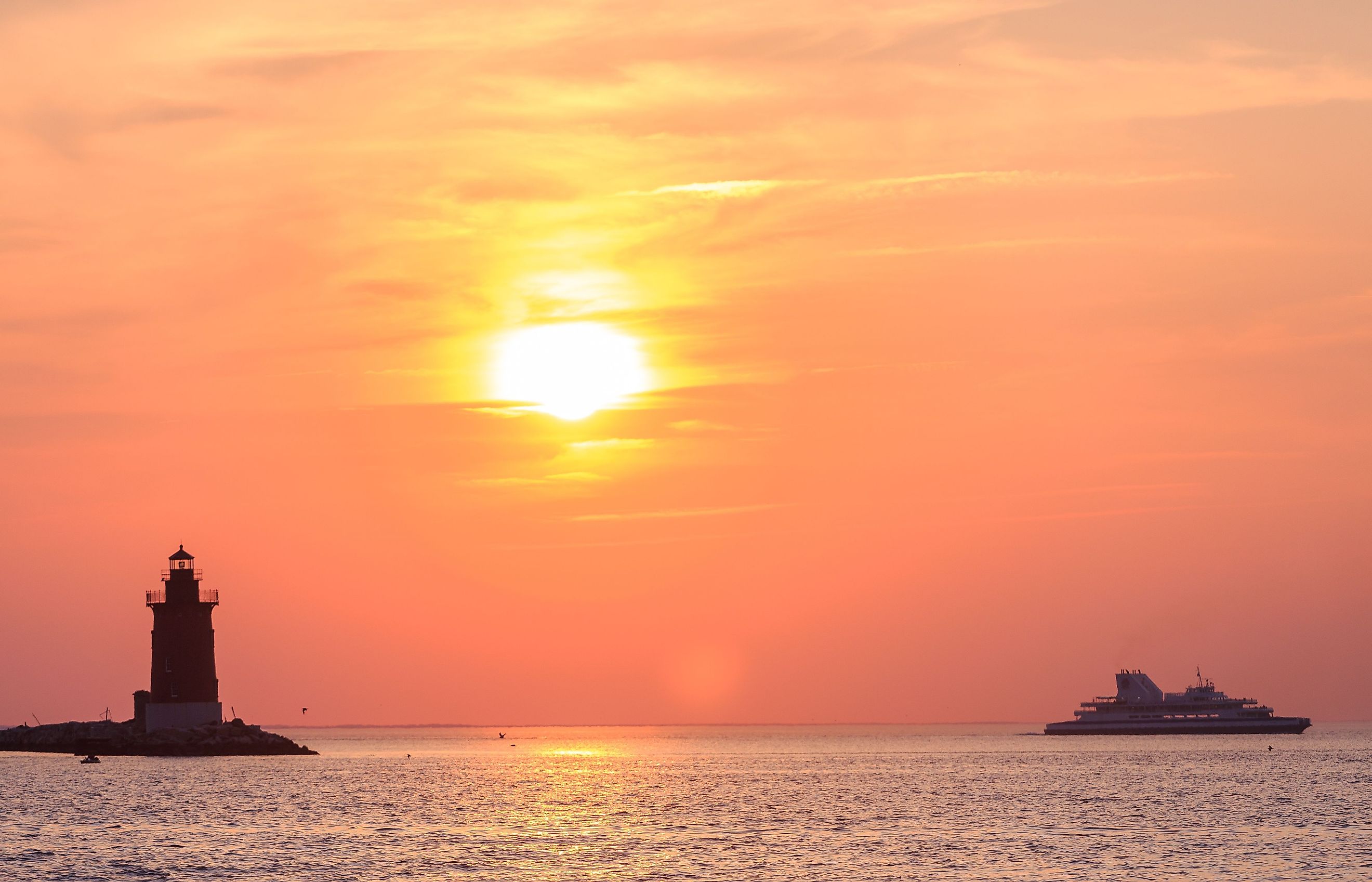
10 Strangest Landmarks in Delaware
The state of Delaware, fondly known as the First State, is the second smallest in the U.S., covering just under 2,000 square miles. Despite its size, Delaware boasts some intriguing and peculiar facts. For instance, Delaware Bay is home to the world's largest population of horseshoe crabs. Additionally, the Blue Hen Chicken, a breed known for its distinctive blue feathers, serves as the state mascot.
Delaware is also rich in unusual landmarks. The Old Swedes Church, one of the oldest churches in the country, highlights the state's rich historical tapestry. In contrast, contemporary culture is represented by landmarks such as Miles the Monster, an iconic symbol of the state's modern-day quirkiness.
Old Swedes Church, Wilmington
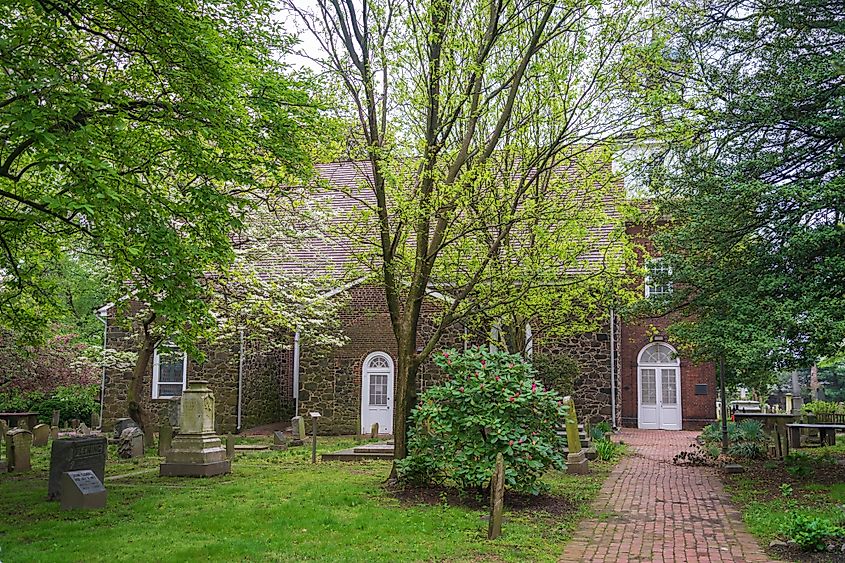
New Sweden colony was established in 1638 in the Delaware Valley. They built Fort Christina to protect their settlement, naming it after Queen Christina of Sweden. Old Swedes Church, also known as Holy Trinity Church, was built on the Fort Christina burial grounds in 1698 from locally quarried granite and Swedish bricks. One of Delaware's oldest buildings, it is a National Historic Landmark, part of the First State National Historic Park, and one of the few remaining historical sites of the New Sweden colony in the area. Tours of Old Swedes Church are available from spring through fall, and include the church, burial grounds, and the Hendrickson House, built in the 18th century. Educational and public programs are also offered. Each December, the Sankta Lucia celebration is held at Old Swedes Church by the Delaware Swedish Colonial Society. This winter festival honors St. Lucia, the bringer of light. You can find Old Swedes Church in Wilmington.
Fort Delaware, Delaware City
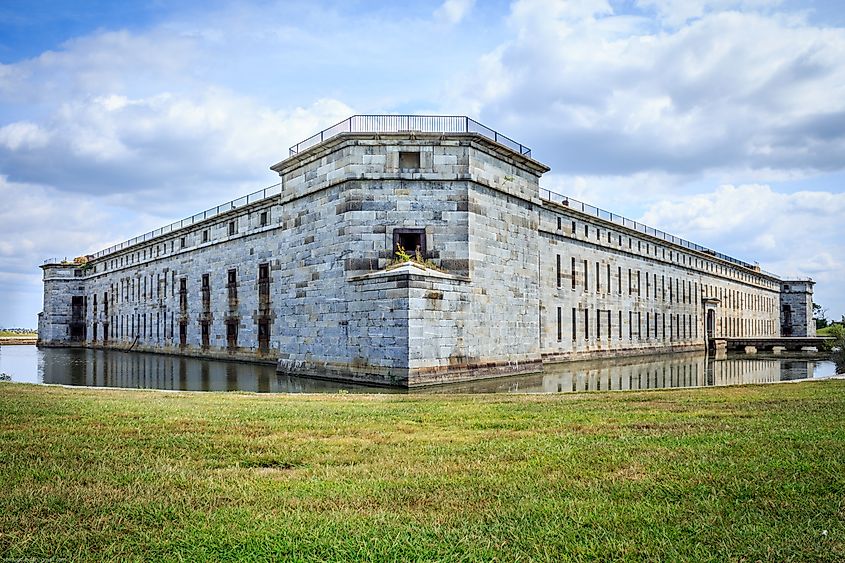
Located on Pea Patch Island in the middle of the Delaware River, Fort Delaware was constructed in 1859 to protect the ports of Wilmington and Philadelphia during the Civil War. It also served as a Union prison camp during the Civil War. The fort's combination of location and unique architecture helped it sustain for many years. Its shape, a short structure shaped like a pentagon with broad, flat walls, was designed to be easy to defend. Today, Fort Delaware is a state park listed on the National Register of Historic Places that is accessible only by ferry. Tours of the park are offered spring through fall. A hiking trail is also found within the park, taking you to an observation platform where you may see ibises, herons, egrets, and other wading birds. Educational programs on the Civil War and firing the eight-inch Columbiad cannon also occur at Fort Delaware. A pavilion constructed on the island is available to rent for events. Access Fort Delaware via a half-mile ferry ride from Delaware City to Pea Patch Island.
Ashland Covered Bridge, Hockessin
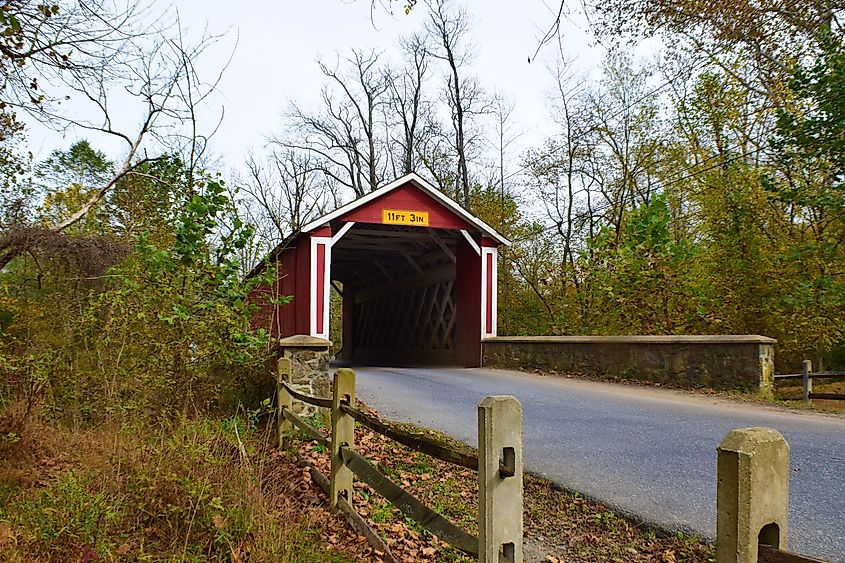
Built in 1860, Ashland Covered Bridge is the smallest and oldest original covered bridge in Delaware. It is also called the Barley Mill Road Covered Bridge and spans the Red Clay Creek in Hockessin. This one-lane, lattice truss bridge has never been rebuilt, unlike Delaware's other two covered bridges. Listed on the National Register of Historic Places, it offers an example of the "Town Lattices" truss patented by Ithiel Town in 1829. Ashland Covered Bridge is free to visit and photograph. If you head just a bit farther down the road, you can stop at Ashland Nature Center, which has 130 acres of land, four miles of nature trails, and abundant wildlife.
Zwaanendael Museum, Lewes
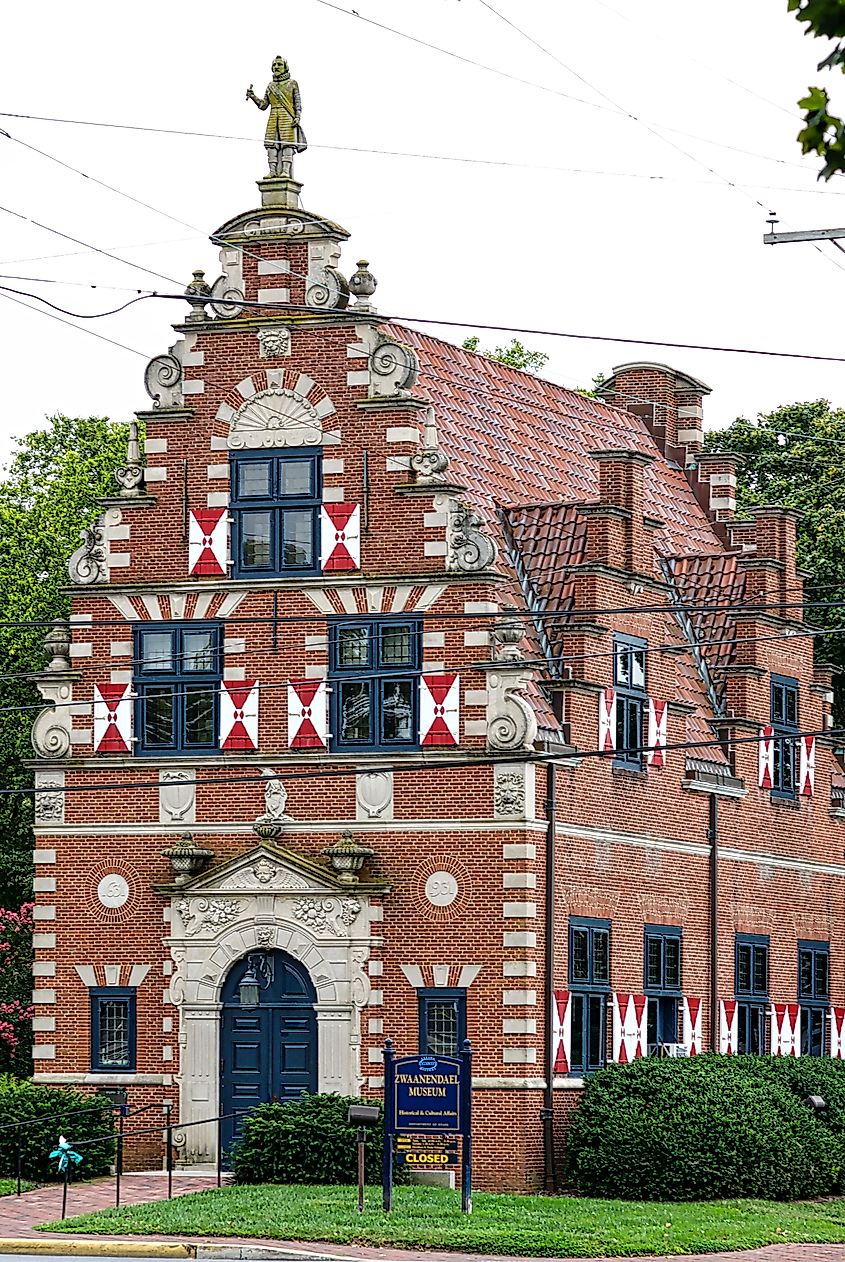
The Zwaanendael Museum in Lewes was built to commemorate the first European colony in Delaware, Swanendael, which was established by the Dutch in 1631. A museum to honor these settlers, Zwaanendael Museum, was built in 1931 in Lewes, commemorating the 300th anniversary of the colony. Zwaanendael was modeled after the Hoom, a town hall in the Netherlands. A statue of David Pietersen de Vries, the settlement leader, stands on the museum's roof.
Today, the museum exhibits the maritime, military, and social history of the Lewes area. It is free to visit. One of the oddest exhibits within the Zwaanendael Museum is the Fiji merman sitting on a blue velvet cushion. The Fiji merman was donated to the museum in the 1940s.
The Crying Giant, Wilmington
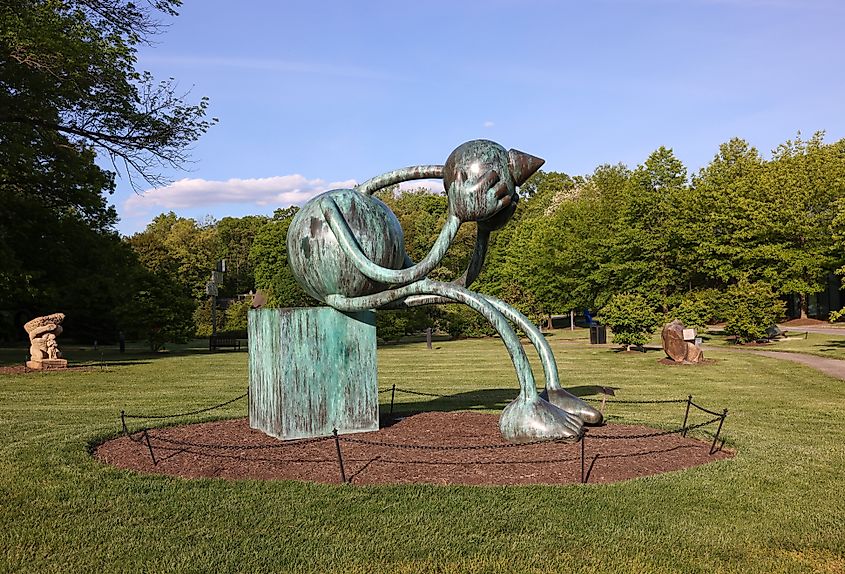
Located within the Delaware Art Museum's sculpture garden, The Crying Giant is an imposing bronze sculpture by New York artist Tom Otterness. Created as a memorial to the victims of the September 11, 2001 attacks, this 13-foot-tall giant was the first commissioned piece for the museum's garden. Although Otterness originally intended for the giant to cry into water-filled pools below, this feature was never implemented. Over time, exposure to the elements has caused the sculpture to turn green. Interestingly, two other versions of The Crying Giant exist in Missouri and the Netherlands.
Miles the Monster, Dover
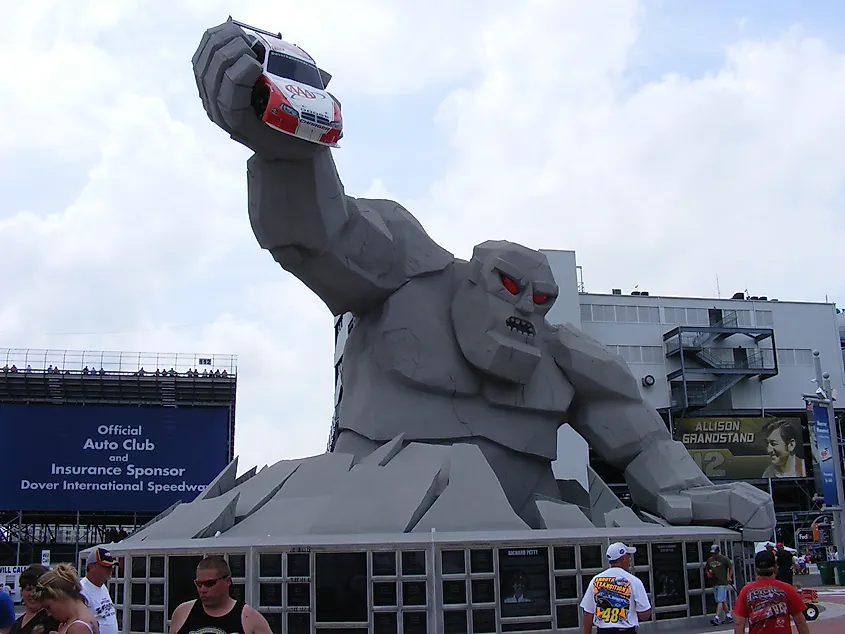
Millions flock to the Dover International Speedway every year to witness the thrilling NASCAR and IndyCar races. But did you know that a monster resides at the racetrack?
In 2008, the track at North Dupont Highway in Dover underwent significant upgrades. As part of the transformation, a 46-foot-tall, 20-ton fiberglass creature named Miles the Monster was installed just outside the track. Although Miles has been the mascot of the Dover International Speedway since 2000, featuring on tickets, memorabilia, and even the winner's trophy, his 3D likeness wasn't unveiled until 2008, in celebration of the speedway's 40th anniversary.
Perched at Victory Plaza, behind the grandstand on the front stretch, Miles appears furious with his red eyes and clenched racecar in his right hand. He erupts from a base adorned with plaques commemorating each NASCAR winner at Dover since 1969. Dover International Speedway is known for its high-banked turns and concrete surface, making it one of NASCAR's most challenging tracks in the country.
Air Mobility Command Museum, Dover
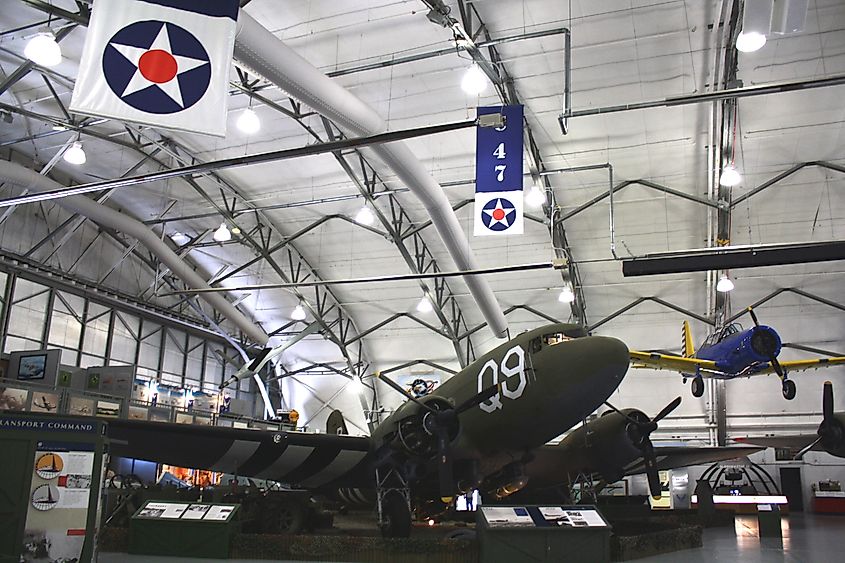
Another notable landmark in Dover is the Air Mobility Command Museum, situated on the grounds of Dover Air Force Base, just off Route 9. Since its opening in 1986, the museum has focused on more than just aircraft. It emphasizes their mobility, showcasing how equipment, fuel, munitions, food, and people were transported during American military history.
The museum provides educational insights into airlift operations during the Korean War, World War II, and the Vietnam War. Visitors can also view the 39-foot-high Dover Air Force Base Control Tower, used from 1956 to 2009.
Chief Little Owl, Bethany Beach
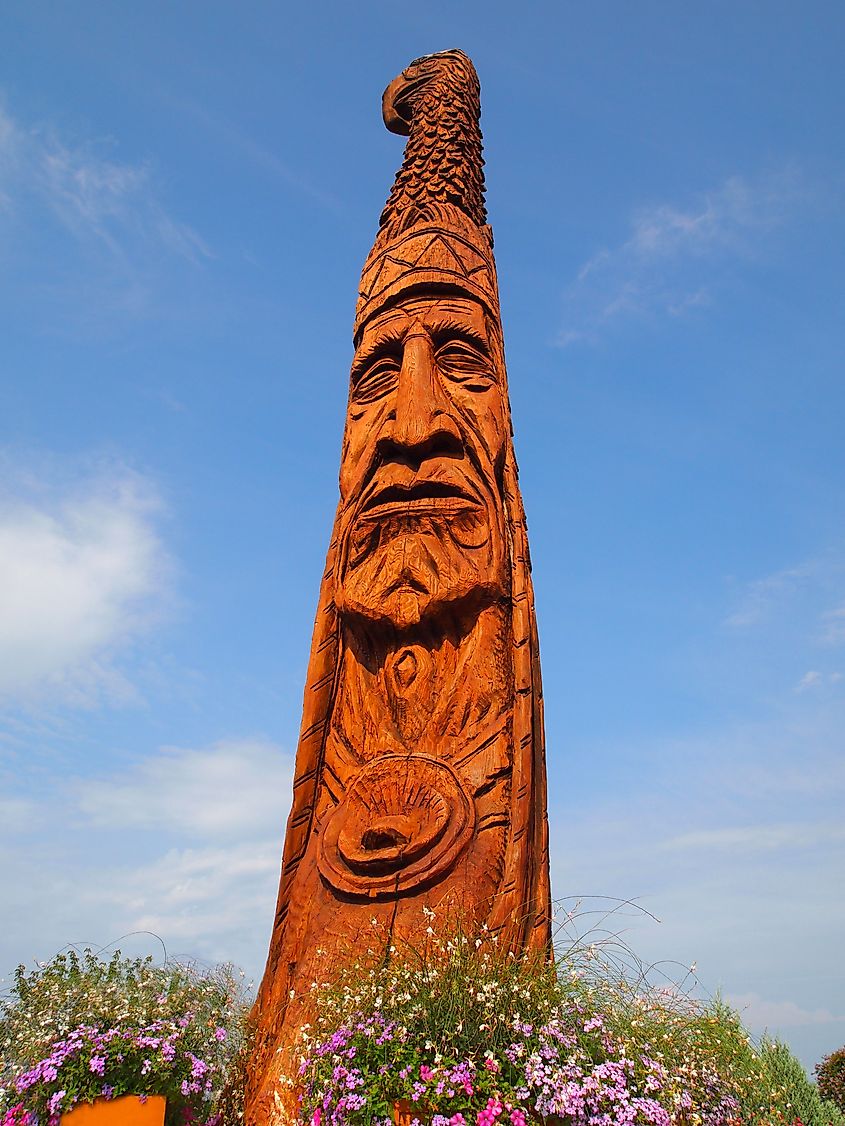
Chief Little Owl, a large 24-foot-high wooden statue resembling a totem pole, is one of the most prominent landmarks in the town of Bethany Beach. Created by sculptor Peter Wolf Toth in 1976, this statue was part of the Trail of Whispering Giants project, which honors Native Americans. The original Chief Little Owl was one of 70 wooden sculptures.
The current Chief Little Owl statue is actually the third version. The original was weakened by termites and destroyed by high winds in 1992. A second wooden statue, created by sculptor Dennis Beach, lasted until the year 2000, when it rotted and had to be removed. The present statue, created by Toth in 2002 from a red cedar log, is expected to last 50 to 100 years.
Rockford Tower, Wilmington
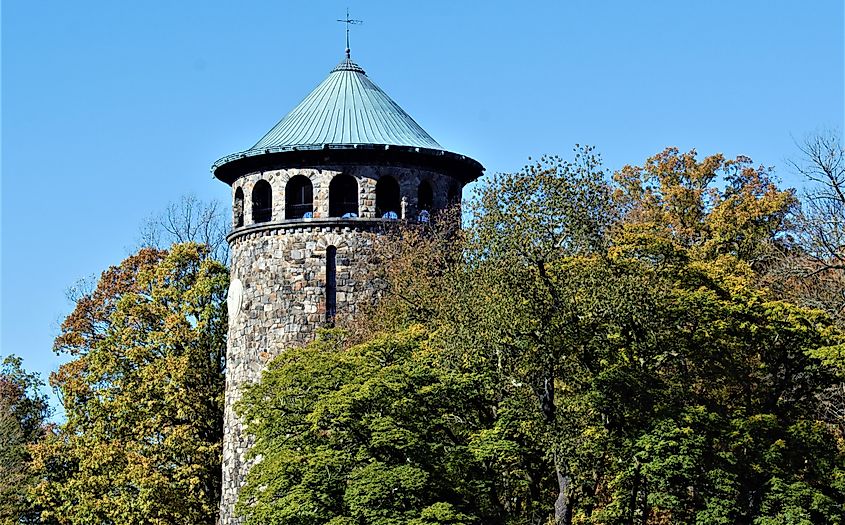
Rockford Tower, the centerpiece of Rockford Park in North Wilmington, is a 100-year-old, 75-foot-high stone water tower constructed in 1889 by William Poole Bancroft. It sits atop Mt. Salem Hill. Bancroft donated 59 acres of property and persuaded others to donate land, creating open green space around the tower known as Rockford Park.
Designed by engineer Theodore Leisen, Rockford Tower exemplifies Italian Renaissance Revival and Gothic architecture. The stones making up the tower are believed to have originated from the banks of the Brandywine River and nearby farms. With its 500,000-gallon steel tank, Rockford Tower still supplies water to the city of Wilmington today.
Breakwater East End Lighthouse, Lewes
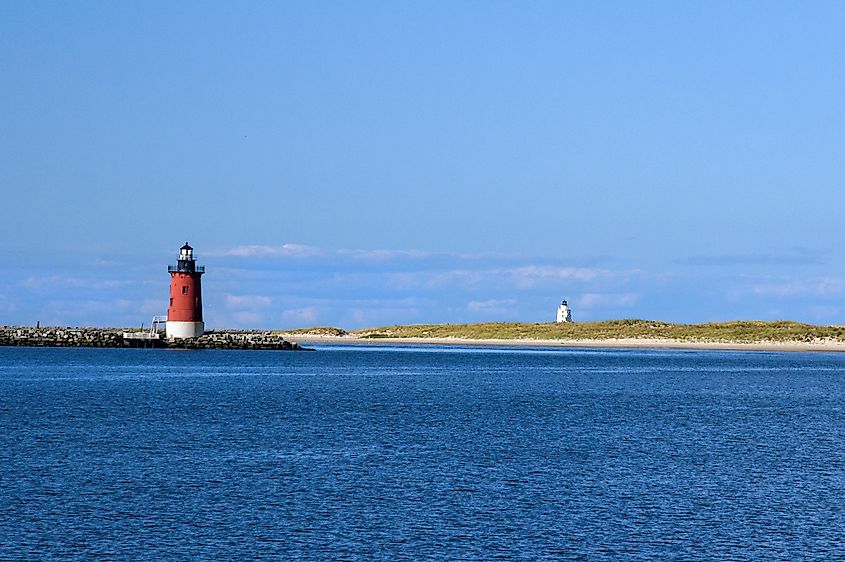
The Breakwater East End Lighthouse in Lewes is one of the first sights visible when approaching Delaware from the Cape May-Lewes Ferry. Established in 1885, it is one of the oldest lighthouses in Delaware. Located on the inner Delaware Breakwater in the Delaware Bay, off the coast of Cape Henlopen, it marks the entrance to the inner breakwater harbor.
Constructed from cast iron, the lighthouse stands 49 feet tall and is part of the Delaware River and Bay Authority today. It houses an original fourth-order Fresnel lens, which is considered a unique historical artifact. The lighthouse's exterior was renovated in 1999 and repainted in 2020.
Conclusion
Don't miss these 10 unique and intriguing landmarks in Delaware, whether you're a local or a visitor. From the whimsical Crying Giant in Wilmington to the historic Rockford Tower and the iconic Chief Little Owl in Bethany Beach, each site offers a fascinating glimpse into Delaware's rich and quirky history.











